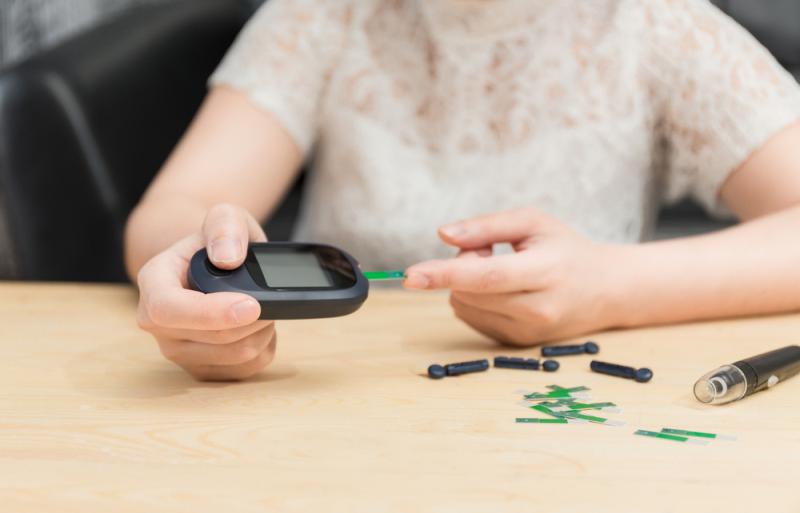
Elevation of the renal threshold for glucose (eRTg) appears to lower glucose infusion rate (GIR) and increase glycated haemoglobin (HbA1c) levels, a new study has shown.
Researchers enrolled 67 patients (mean age, 65.5 years; 68.7 percent male) with type 2 diabetes mellitus, who were grouped into two according to baseline eRTg (< vs ≥180 mg/dL). A hyperinsulinaemic-euglycaemic clamp was used to measure the GIR. Study outcomes were factors affecting eRTg.
The mean HbA1c level was 8.5 percent, while the average estimated glomerular filtration rate (eGFR) was 60.3 mL/min/1.73m2; more than half (52.2 percent) of the patients were taking insulin. The high and low eRTg groups had mean GIR measurements of 5.6±2.3 and 7.9±2.6 mg/kg/min, respectively. This suggested that the former group was insulin resistant, while the latter was sensitive. The difference was statistically significant (p=0.0002).
HbA1c was likewise significantly higher in patients with high eRTg (9.1±1.4 percent vs 7.9±1.3 percent; p=0.0007), as was the proportion of patients on insulin therapy (p=0.0024) and with dyslipidaemia (p=0.0462).
GIR, on the other hand, was significantly yet inversely correlated with eRTg, according to simple linear regression analysis (r, –0.528; p<0.0001).
Complete adjustments for covariates, such as body muscle-to-fat ratio, insulin use, body mass index, hypertension, dyslipidaemia, age, sex, alcohol consumption and current smoking status, did not alter the principal findings. Adjusted models consistently showed GIR as a significant, independent and inverse predictor of eRTg (B, –4.75, 95 percent confidence interval, –7.01 to –2.49; p<0.0001).